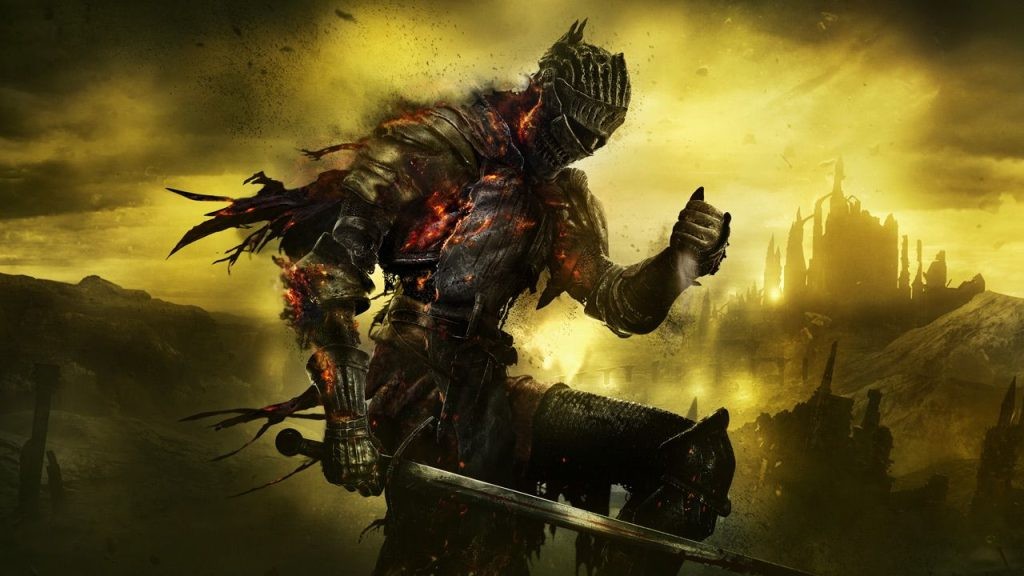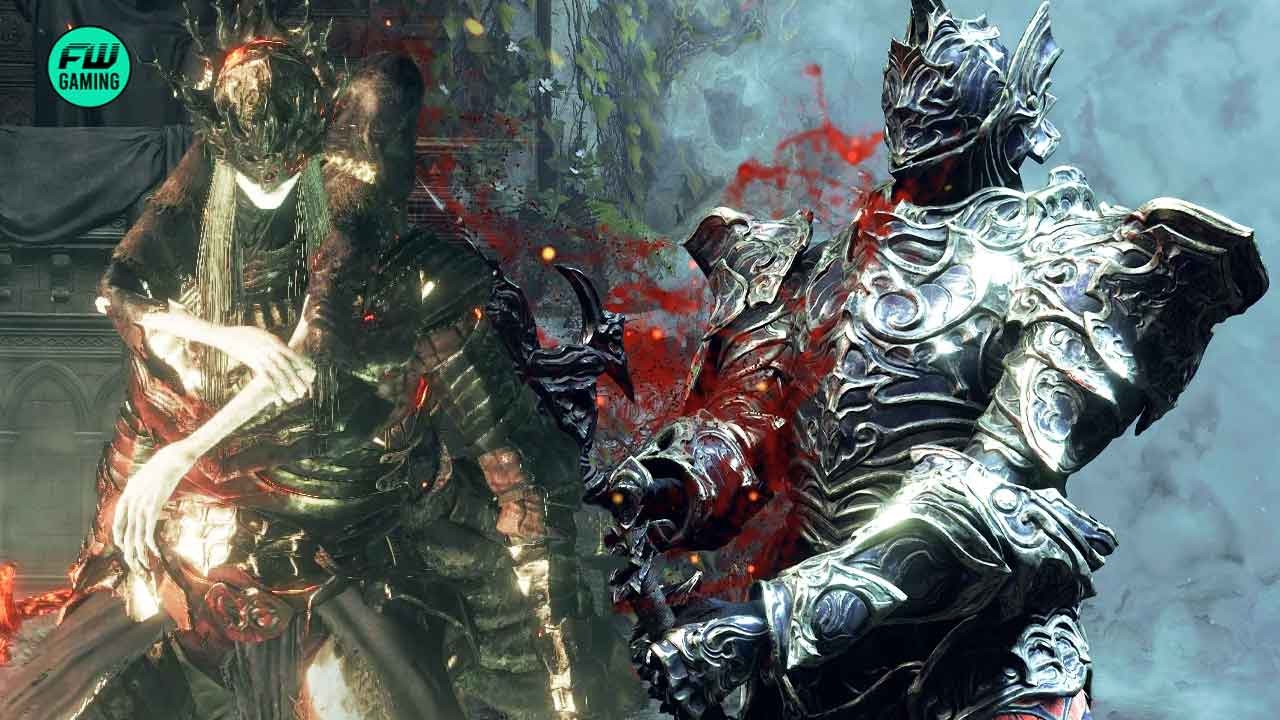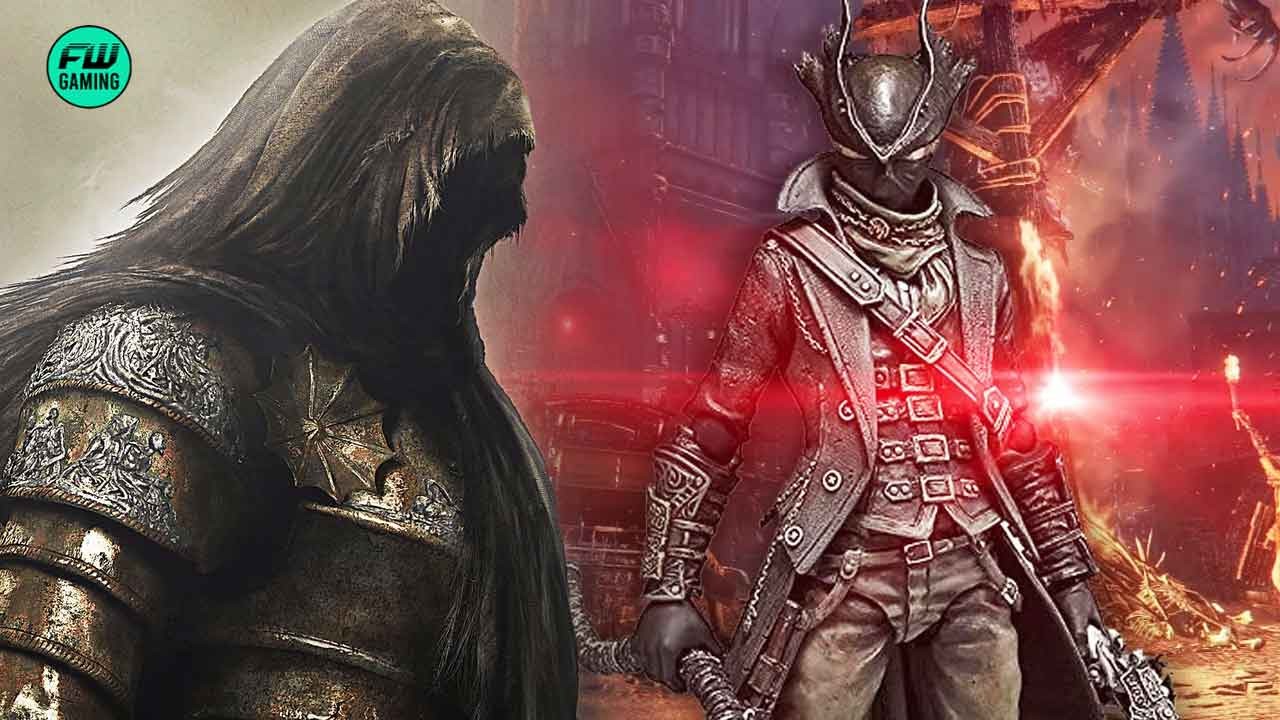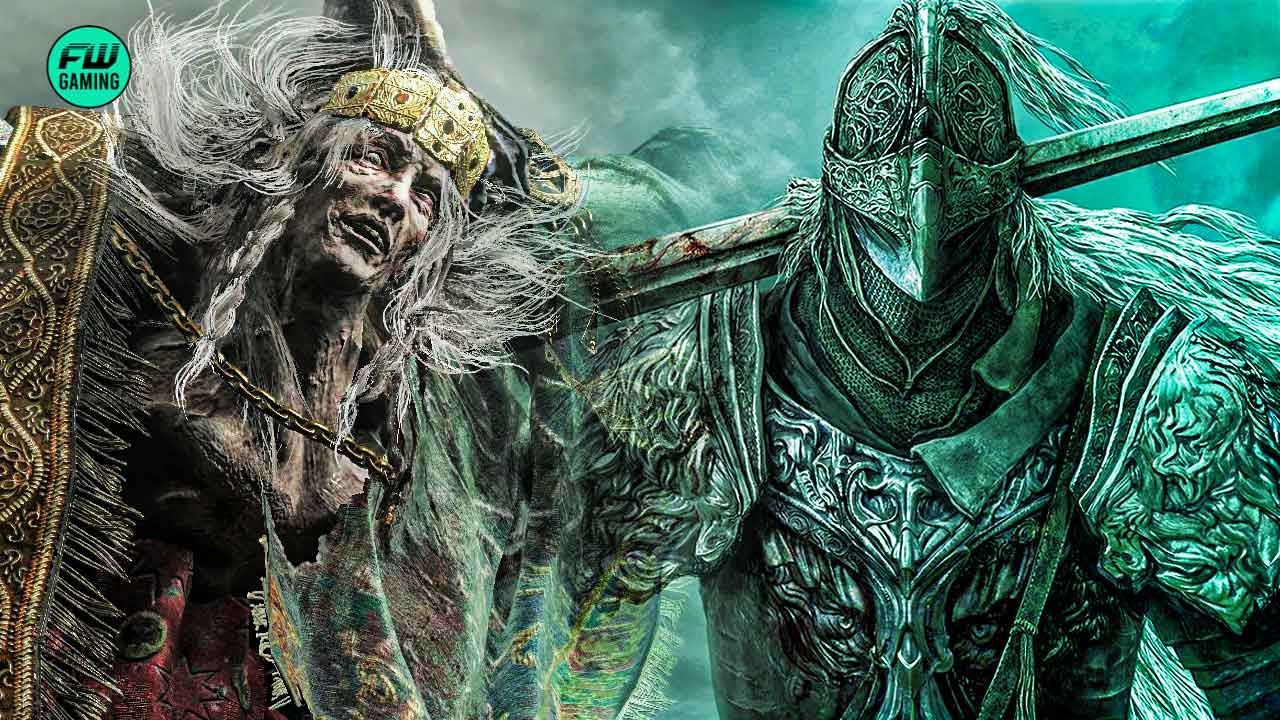Hidetaka Miyazaki, the renowned game designer behind Demon’s Souls and Dark Souls, learned from his past experiences and ensured that the latter game didn’t repeat the same mistakes.
In a 2011 interview with Sid Shuman, before the release of Dark Souls, Miyazaki shed light on his approach to gameplay mechanics, difficulty, and player experience. Thanks to his approach of making one major change at the start of the game, players had an easier time easing themselves into its groove.
Hidetaka Miyazaki Didn’t Want New Players to Suffer

During the interview, Miyazaki acknowledged that Demon’s Souls had a steep learning curve, which could be intimidating for players. With Dark Souls, he wanted to take a different path with how players were thrown into it:
We are adding a tutorial so players don’t have to fight to learn how to play. We don’t want to take the players step-by-step, we just want them to get past the first step.
Despite making the controls and feel of the game more accessible, Miyazaki didn’t compromise on depth. He explained:
Learning commands and controlling the character might be easier, players must delve deeper into aspects like magic, weapons, and combat strategies to overcome challenges.
One of the key improvements Miyazaki introduced was the diversity and uniqueness of weapons.
Each weapon was designed to have distinct characteristics, encouraging players to experiment and find the one that suited their play style. He exclaimed:
We want you to become emotionally and physically attached to the weapon you’re using.
Dual-wielding was one feature that offered players a challenging but rewarding combat style.
Miyazaki emphasized that dual-wielding wasn’t for novice players and required a high level of skill and strategy, providing a unique experience for players who wanted to embrace the challenge.
How Demon’s Souls Laid the Foundation for its Successor

Addressing concerns about the game’s difficulty, Miyazaki clarified the game wouldn’t shy away from its reputation for being challenging, despite the man himself struggling with his own games sometimes.
When working on Dark Souls, he went about increasing its difficulty differently. He focused on empowering players to strategize freely and overcome obstacles in their own way, likening it to a spicy dish that leaves people craving for more.
In terms of gameplay experience, Miyazaki said it was important to prevent players from becoming frustrated and quitting.
Instead of basing difficulty solely on reaction speed or button-mashing skills, he also wanted it to scale off strategic thinking and adaptability.
This approach allowed him to address the issue of repetitiveness. Enemies would have to be tackled differently because of their stats and moveset, and the many different weapon types gave players even more flexibility as to how they wanted to do it.
What do you think about Miyazaki’s approach to game design? What would you like to see in future games of his? Let us know in the comments below!



